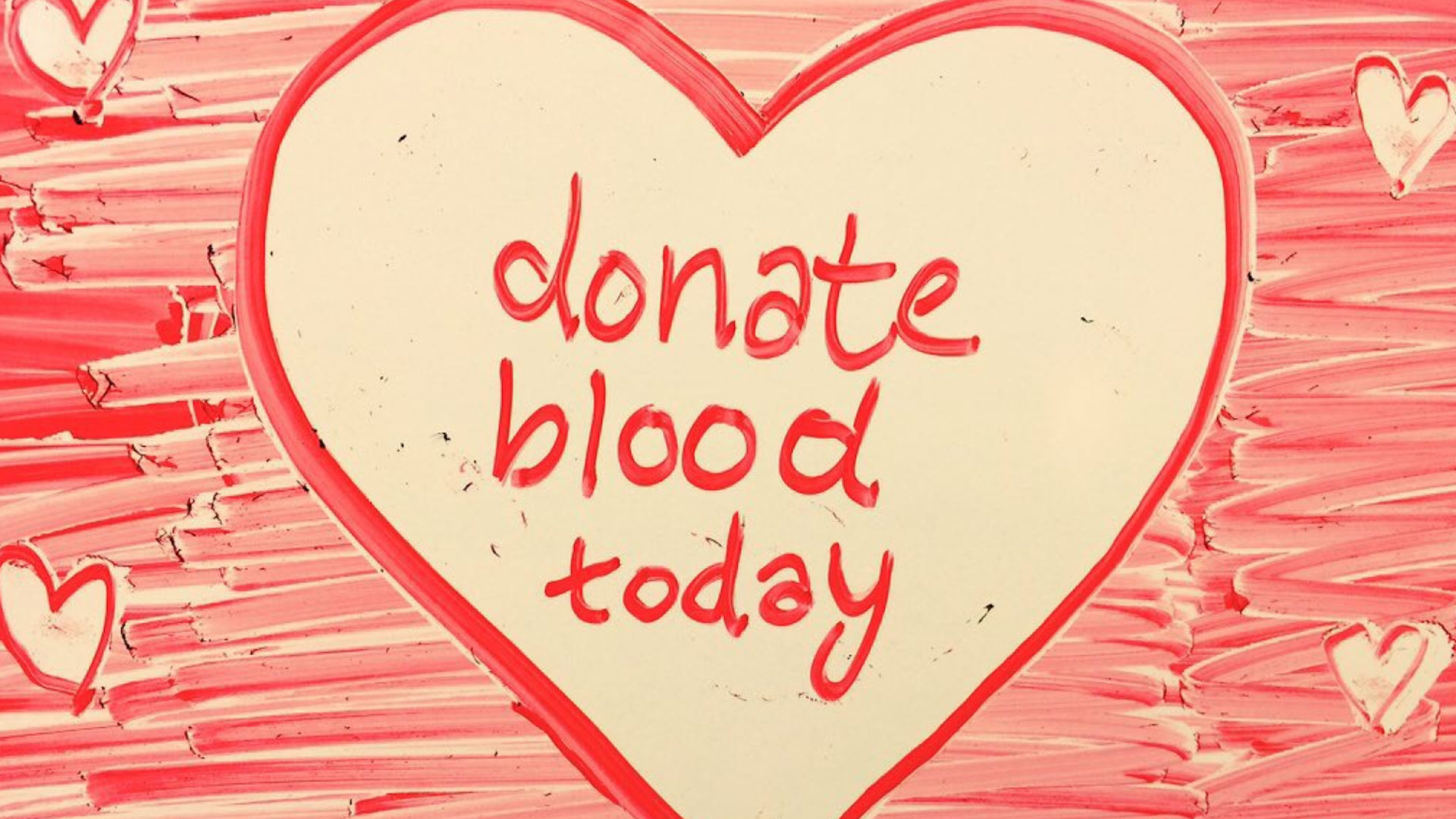Urgent Need for Blood Donations

The sun is out, the weather is great, the pools and beaches are open, and the ice cream trucks are out in full force. But while air conditioners crank on all across the country, most people aren't thinking about the importance of blood donation; a simple action with huge benefits.
Summer is a historically slower time for blood donations. However, blood usage doesn't decrease during this time. In fact, the seasonal decline in donations happens to coincide with what AAA calls the 100 deadliest days of summer, which last from Memorial Day until school starts up again. These 100 days mark a dramatic uptick in automobile accidents, crashes, and deaths for 16 to 19 year olds; causing additional strain on a blood donation system that is already hurting.
Know These Facts
- Less than 5 percent of the general population gives blood, supporting the other 95 percent.
- Lifesaving blood products cannot be manufactured in a lab, and are only supplied by generous blood donors.
- A single car accident victim could use as many as 100 pints of blood, according to the Red Cross.
- Approximately 36,000 units of red blood cells are needed in the U.S. every day.
- A single unit of blood saves three lives.
- Only 9 percent of people in the U.S. have type O negative blood. Type O negative donors are universal red blood cell donors as it can be given to people of all blood types. Type O is in very short supply.
- Donating is safe and simple.
Whole Blood Donations
Blood donation is a simple four-step process: registration; medical history and mini-physical to check the donor's temperature, blood pressure, pulse, and hemoglobin; blood donation; and refreshments (nice!). The donation process will only take an hour of your time; 15 minutes of which is the actual donation of blood.- The average adult has about 10 pints of blood in their body; roughly one pint is given during a donation.
- A healthy donor may donate red blood cells every 56 days.
- All donated blood is tested for HIV, hepatitis B and C, syphilis, and other infectious diseases before it can be used.
- Information you give during the donation process is confidential. It may not be released without your permission except as directed by law.
Platelet Donations Help Even More People in Need
There is a particular need for platelet donors. While donating blood and donating platelets are both important and life-saving, donating platelets has the power to help more people in need. A single platelet donation can provide platelets for one therapeutic dose for a patient in need; at times even yielding enough for two to three doses. By contrast, it takes four to six whole blood donations to produce a single therapeutic dose. Many patients in need of blood platelets are undergoing chemotherapy or organ transplantation and depend on donors to help them get well.- The donation takes approximately 90 to 120 minutes.
- A healthy donor may donate platelets as few as seven days apart, but a maximum of 24 times a year.
- A special machine collects the platelets and some plasma, and returns the red cells and most of the plasma back to the donor.

